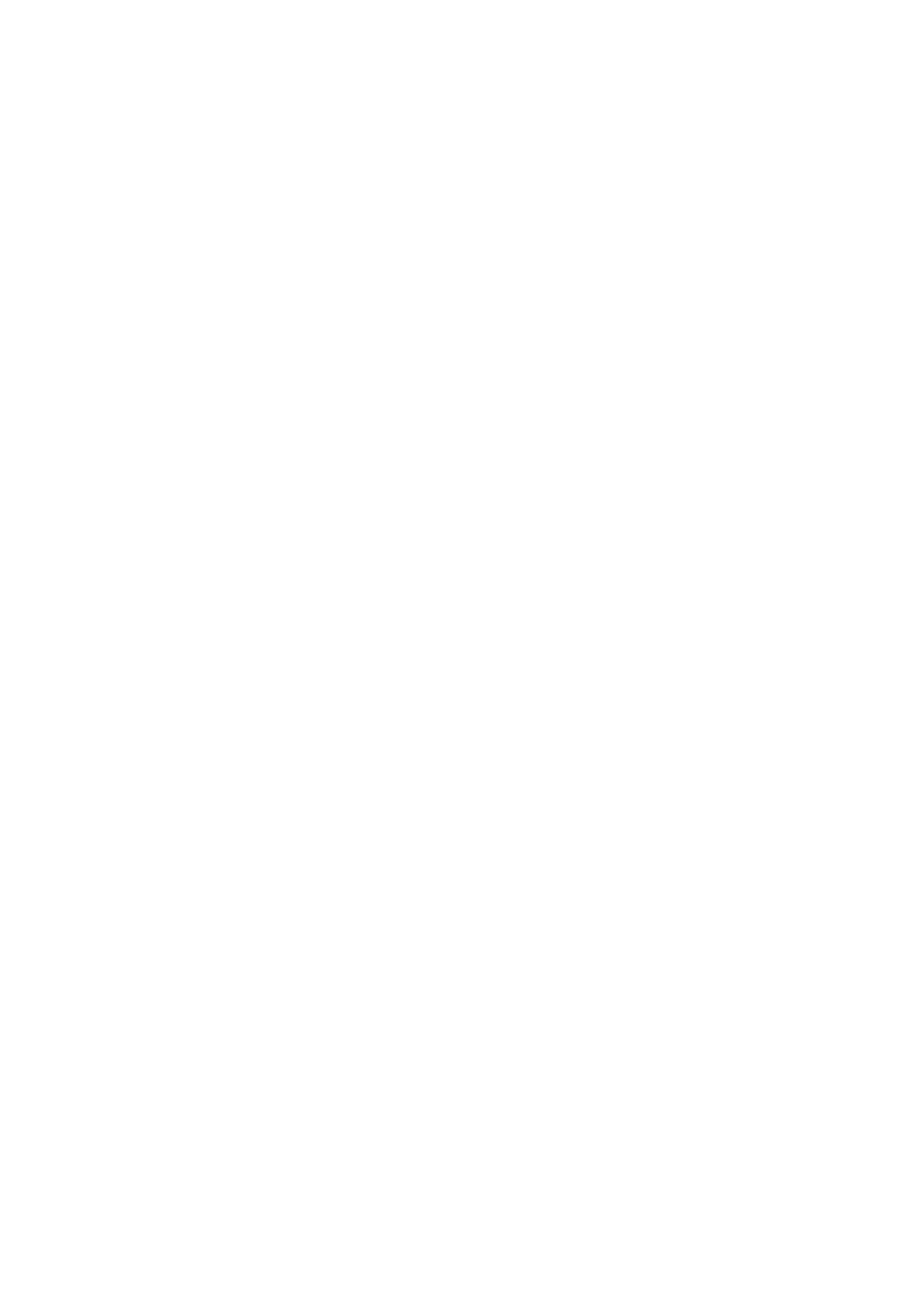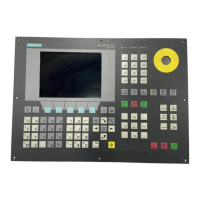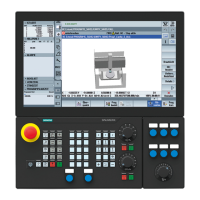Hardware and Software
Service Manual, 03/2011, 6FC5397-5DP40-0BA0
211
ESD guidelines
A
A.1 RI suppression measures
Shielded signal cables
To ensure safe, interference-free system operation, it is essential to use the cables specified
in the individual diagrams. Both ends of the shield must always be conductively connected to
the equipment housing.
Exception:
If third-part devices are connected (printers, programming devices, etc.), you can also use
standard shielded cables, which are connected at one end.
These external devices may not be connected to the control during normal operation.
However, if the system cannot be operated without them, then the cable shields must be
connected at both ends. Furthermore, the external device must be connected to the control
via an equipotential bonding cable.
Rules for routing cables
In order to achieve the best-possible noise immunity for the complete system (control, power
section, machine) the following EMC measures must be observed:
● Signal cables and load cables must be routed at the greatest possible distance from one
another.
● Only use Siemens signal cables for connecting to and from the NC or PLC.
● Signal cables may not be routed close to strong external magnetic fields (e.g. motors and
transformers).
● Pulse-carrying HC/HV cables must always be laid completely separate from all other
cables.
● If signal cables cannot be laid at a sufficient distance from other cables, then they must
be installed in shielded cable ducts (metal).
● The clearance (interference injection area) between the following lines must be kept to a
minimum:
– Signal cable and signal cable
– Signal lead and associated equipotential bonding lead
– Equipotential bonding lead and protective conductor routed together
See also
For further information about radio interference suppression measures and the connecting
shielded leads:
Configuration Manual, EMC Guidelines

